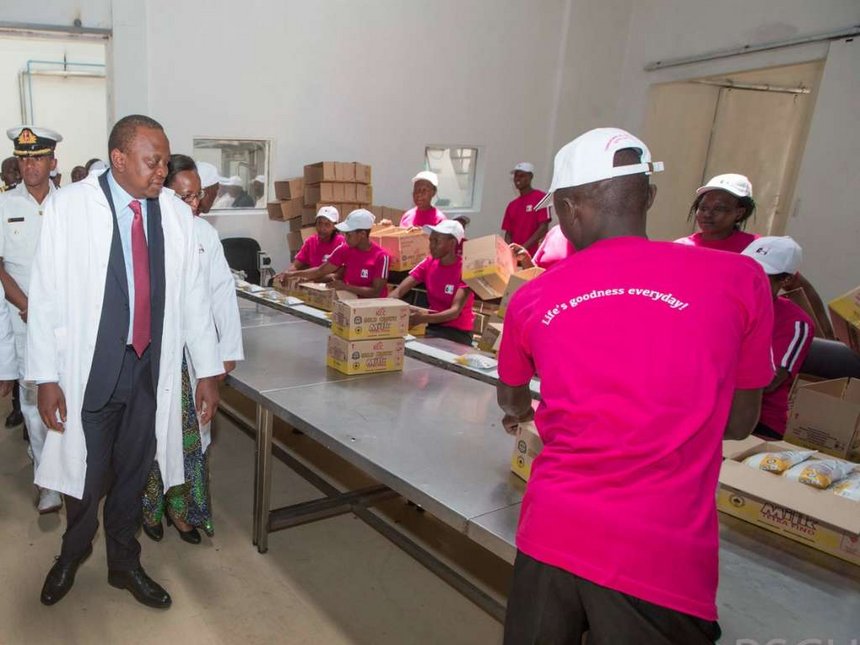The New Kenya Cooperative Creameries is set to increase milk sales from farmers in Bomet, Kericho, Kisii, Kericho and Narok counties from Sh4.5bn to Sh6bn following the upgrade of a new Sh200m factory in Sotik.
The upgrade will increase the factory’s processing capacity from the current 60,000 liters to 100,000 liters of raw milk per day.
In this, farmers in the region are set to see upturn in their income from Sh850m to about 1.5bn in a year according to data from New KCC.
According to the Kenya Dairy Board, the state owned dairy processor has increased its share in the market from 23 per cent to 35 per cent since 2016 after upgrading of factories in Eldoret and Dandora.
The New KCC targets to control 40 per cent of the market share by the end of the year.
Related content
Upgrading an ayrshire with a friesian can boost farmers milk production at low costs
KALRO’s new goat breed suitable for arid areas has potential to yield eight liters of milk a day
North Rift farmers earn Sh2.3bn from milk sales to Brookside

President Kenyatta (left) durinng the launch of the New KCC factory in Sotik. (Photo: The Star)
The factory’s equipment was last upgraded 36 years ago in 1982 with farmers from Kericho, Nyamira, Kuresoi, Nakuru and Bomet delivering their milk to the plant.
New KCC factories produces butter, cheese, fermented milk, milk powder and fresh milk for sale to local markets besides exporting to Tanzania, South Sudan and Saudi Arabia.
A 500ml packet of milk is currently retailing at between Sh45 to Sh55 across various Kenyan supermarkets and retail shops.
This comes at a time when the quantity of milk delivered to dairy processors recorded a significant drop of 17.4 per cent from 648.2m liters in 2016 to 535.7m liters in 2017.
Similarly, the quantity of processed milk and cream from processing plants decreased by 8.5 per cent and that of butter and ghee declined by 22 per cent
Production of cheese however, increased from 311.2 tonnes in 2016 to 338.3 tonnes in 2017.
Kenya has an estimated 3.5m improved dairy animals, 12m goats and nine million zebu cows producing about five billion liters annually.
Cattle accounts for 88 per cent of the total production with the rest being produced by goats and camels.
60 per cent of the milk produced is sold through cooperatives and traders while 84 per cent is sold raw.
















Comments powered by CComment